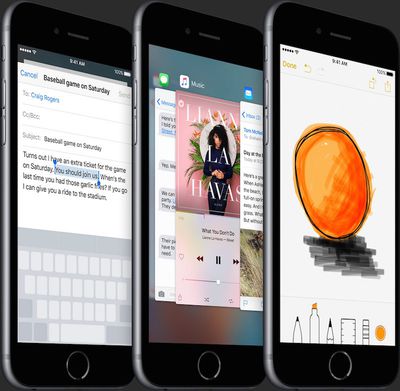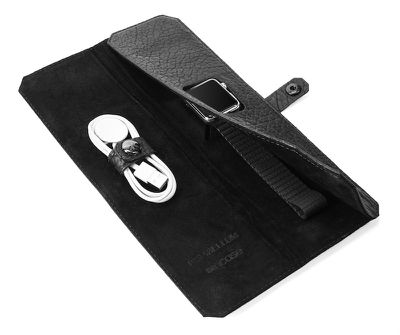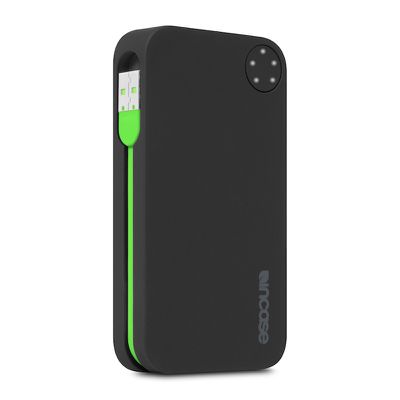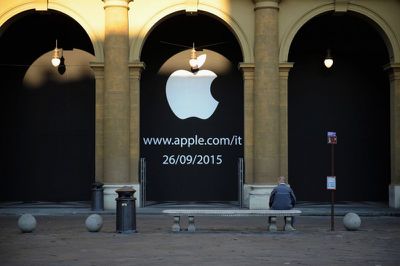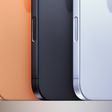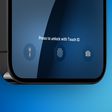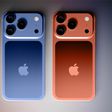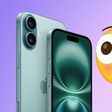As pre-orders began over the weekend for the iPhone 6s and iPhone 6s Plus, there was the usual amount of panic and excitement as shipping windows for the device were largely on the September 25 launch day for most users, with a few exceptions. Now, however, a handful of AT&T Next customers are facing an odd glitch on their Apple online store order page, which showcases an impending full-price charge on the smartphone while simultaneously listing their AT&T Next plan option.
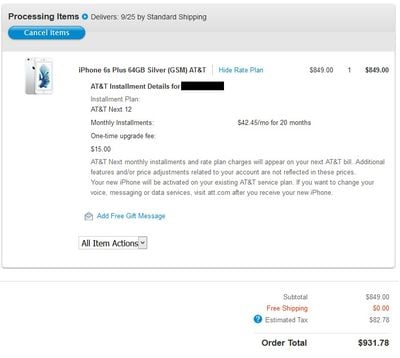
The issue appears to be specifically hitting a group of customers who pre-ordered and chose the AT&T Next installment plan option at checkout. The affected users were shown the expected $0 down, $15 upgrade fee price (including tax) when initially checking out on pre-order night, but their order status page has begun reflecting the full-price cost of their chosen iPhone 6s or iPhone 6s Plus. Some users began noticing the anomaly on Saturday, a few hours after their order initially read the correct charge, with a group of MacRumors readers heading to the forums to post about the issue.
A few users have contacted Apple support, and the company has acknowledged the issue and reassures customers who are being affected that a fix for the problem is currently being worked on. Still, as of writing, there has been no word from anyone suffering from the false price charge that they've seen a change back to the correct price of their order.
An Apple support representative voiced promise that all customers affected by the problem would begin to see it resolved over the next few days, and if they chatted with a support employee themselves, they could give the company their email address or phone number to be informed as soon as the problem has been taken care of. Since most customers will likely begin to be charged for their iPhone 6s and iPhone 6s Plus pre-orders in the days ahead of the September 25 launch, it's still a scary hiccup for a handful of users to have to go through.


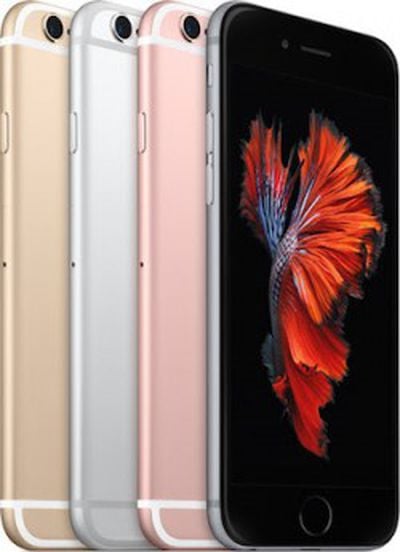 Apple has
Apple has 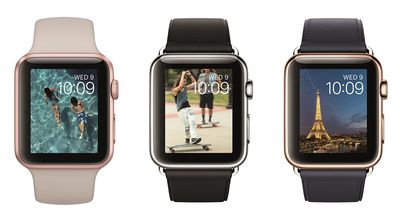
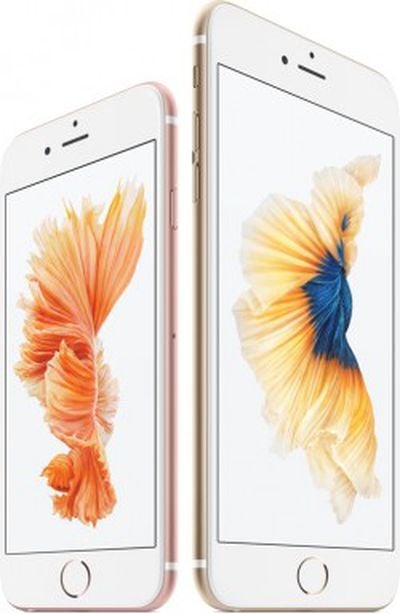 Less than a week after the
Less than a week after the 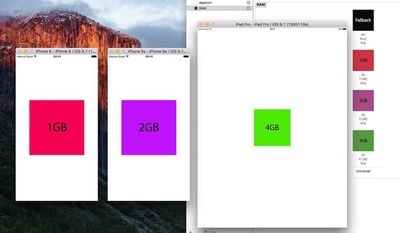

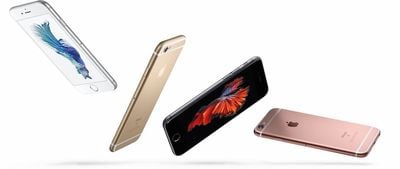
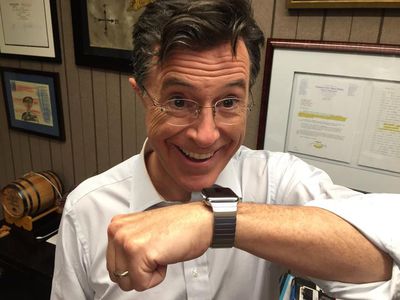
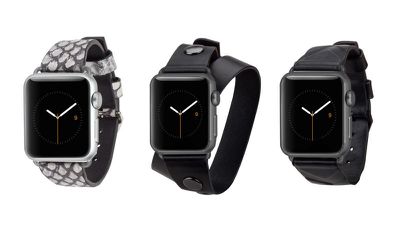
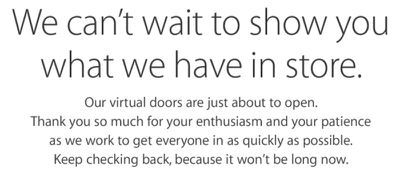
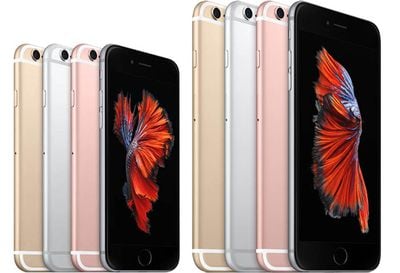
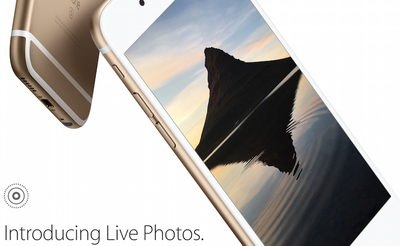
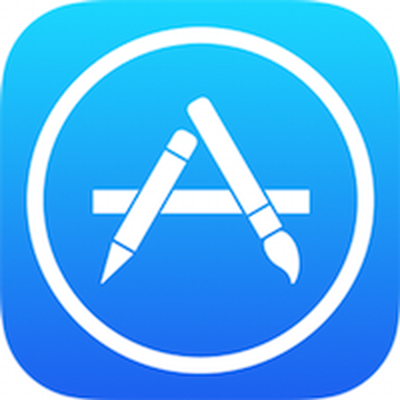 Apple today
Apple today 